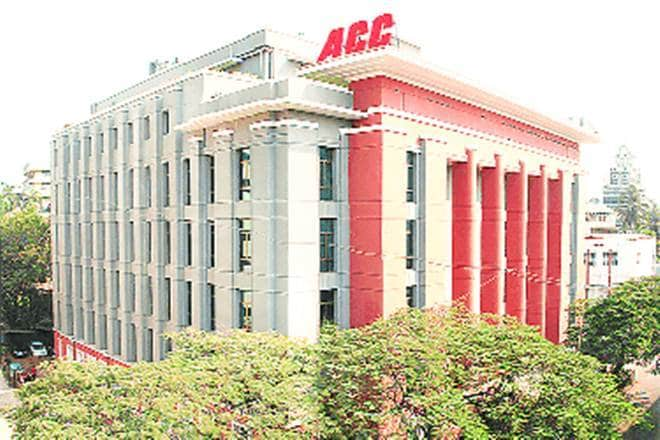ACC’s recent tie-up with third-party in high growth markets of central and east regions would limit market share loss and seed the market for the announced expansion programme, in our view.
Higher growth of premium products as well as RMC, improved cost efficiencies, increasing MSA synergies with ACEM coupled with lower costs and better realisation with pan-India presence would drive at least industry-average Ebitda CAGR.
ACC has net cash of Rs 31 bn (11% of mcap) and continues to enjoy better than peers’ return ratios. Key investor concern of lower volume growth seems adequately priced-in with valuation at 8x CY21E EV/E or EV/te of $87/te, in our view. We maintain our CY19-CY21E estimates with an unchanged target price of Rs 1,843 per share based on 11x Mar’21E EV/E.
ACC has been able to maintain market share at ~8.5% over past five years with commissioning of 2.8-mnte Jamul capacity in CY16 and ramping-up utilisation from 74% in CY16 to 85% in CY19E, in our view.
Gradual increase in tie-ups for grinding arrangements with third-party (as reflected by increase in purchase of traded goods) in high growth markets of central and east would limit market share loss if any during CY20E-CY21E and seed the market for the announced ~6-mnte expansion. Besides, the current geo-mix with lower exposure to Andhra/ Telangana and Gujarat (which are witnessing decline) would result in maintaining market share in CY19E.
ACC’s premium product volumes grew 36% year-on-year in CY18 (23% CAGR over CY14-CY18) to ~17% of total volumes, which further increased to ~20% in CY19E. RMC revenues have grown at 14% CAGR over CY14-CY19E and the management is confident of sustaining similar growth rates over next few years.
ACC focused on improving its cost structure with increase in share of new capacities, reducing clinker factor by improving the blending ratio (~3% y-o-y in CY18), increasing usage of AFR (by 50bps y-o-y to 4.5% in CY18), improving power consumption norms (to lowest-ever 81kWh/te in CY18 from 84kWh/te in CY17), optimising freight mix by improving direct dispatches by 1%, and reduction in rail lead by 4% in CY18, and reducing fixed overheads.

